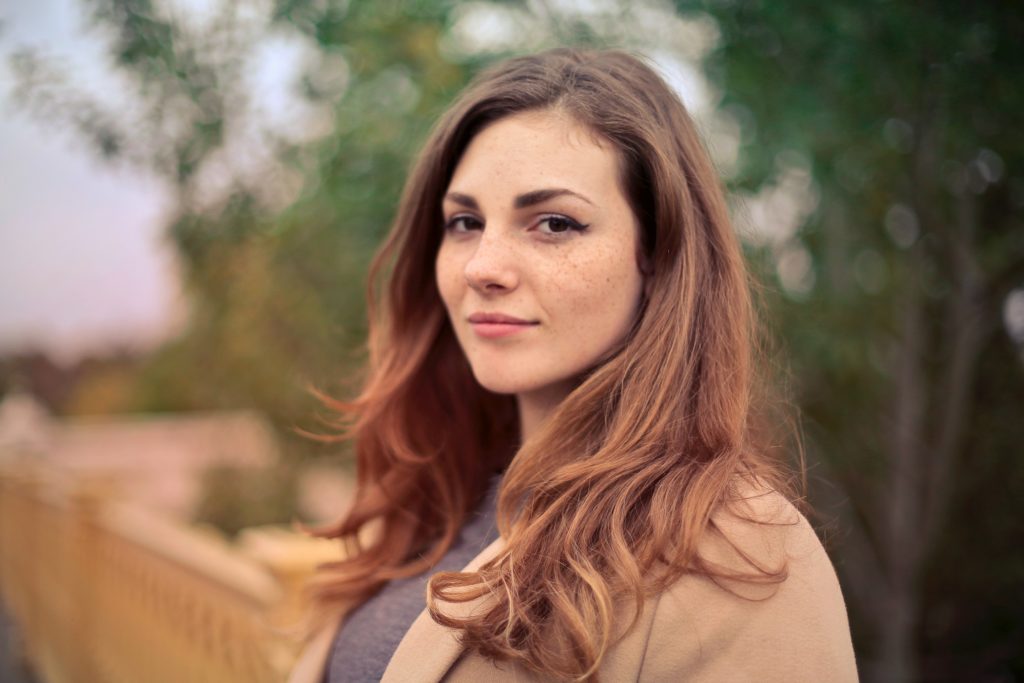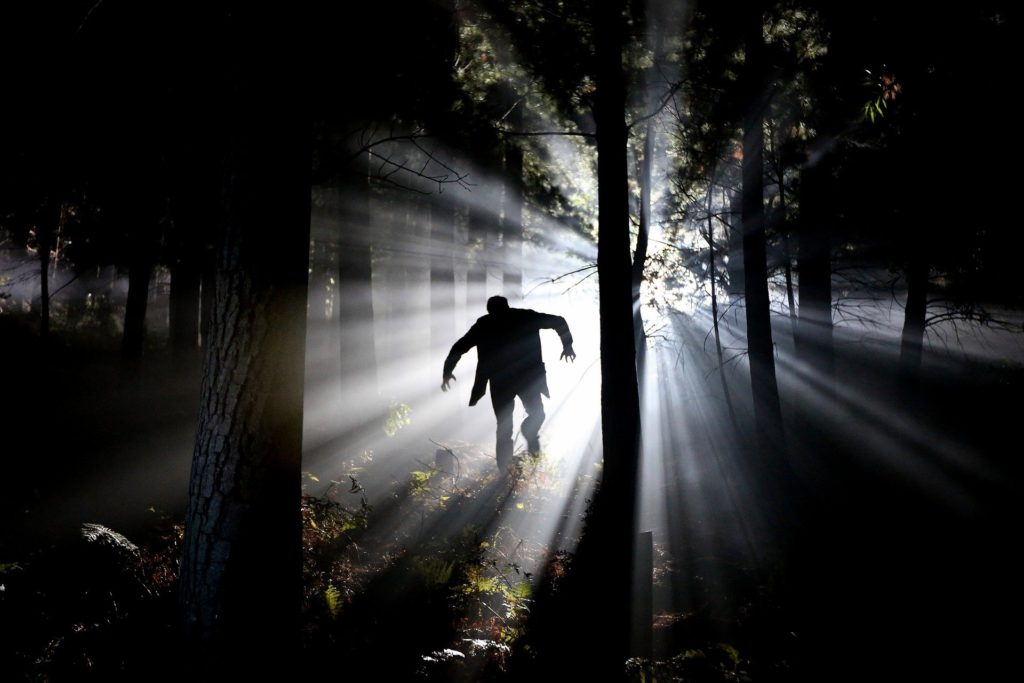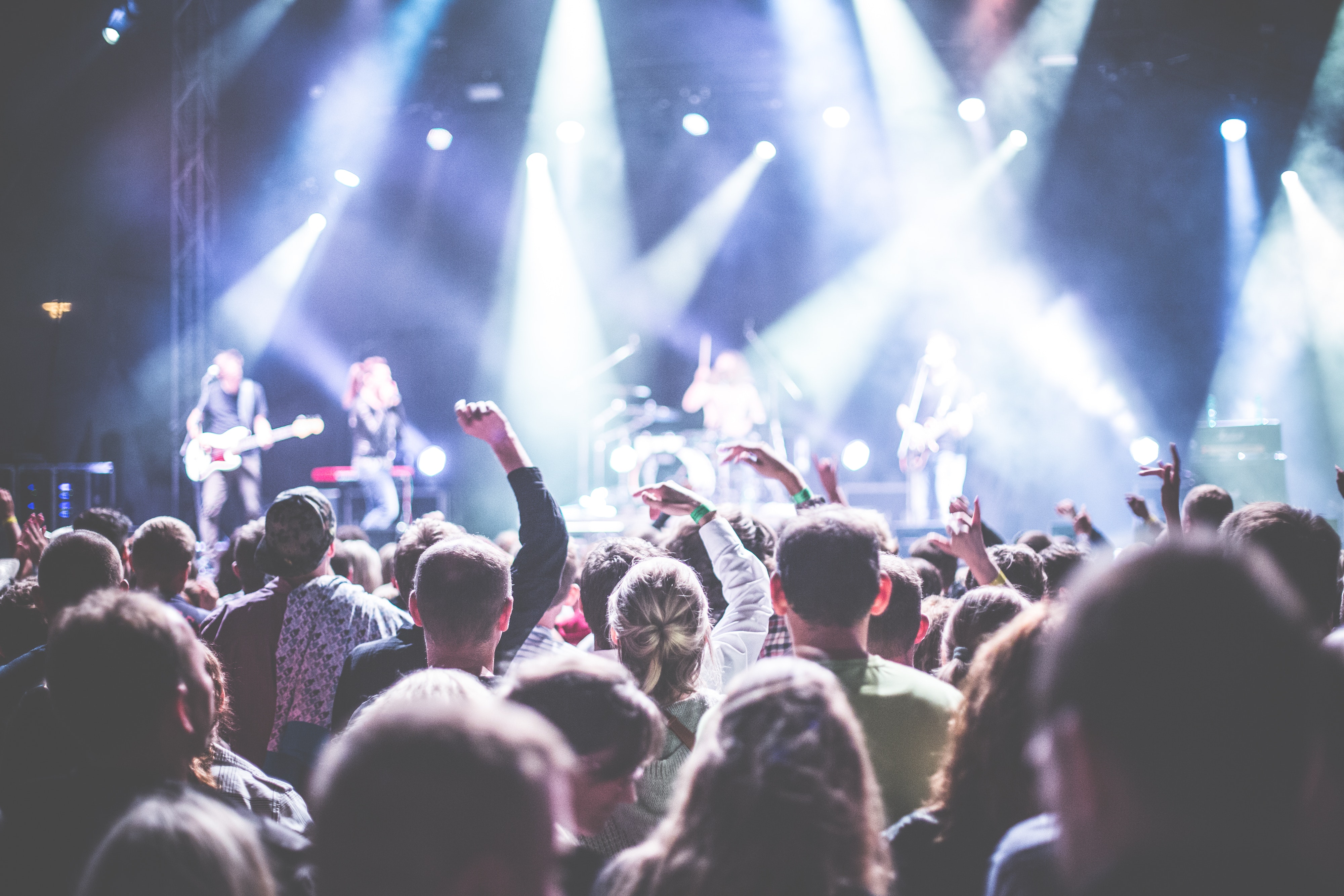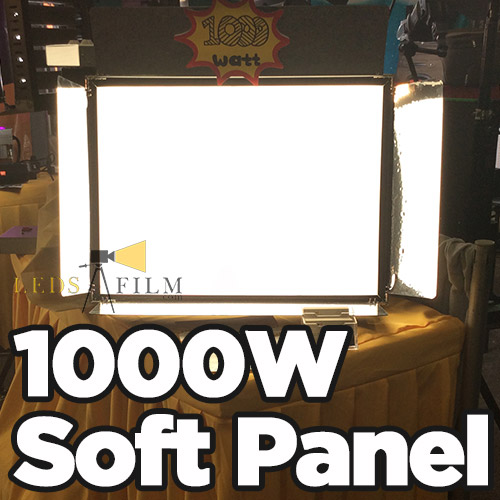With the development of the film and television industry, the film and television lighting technology is constantly integrated and innovated. In the film and television creation, lighting art not only plays an irreplaceable key role in visual presentation, but also provides many aspects of supplement and help for the emotional expression and ideological sublimation of film and television works.
Good lighting art design can not only make the film and television picture more appropriate and real, but also create an appropriate atmosphere for the character’s internal quality and plot depiction. In this regard, this paper studies the visual analysis of lighting art in film and television creation. Firstly, it discusses the main contents of lighting visual effect in light, shadow and color in film and television creation, and then analyzes the lighting techniques in the process of film and television creation.

Table of Contents
Lighting construction in film and television creation
In the creation of film and television, film and television lighting is initially just to illuminate the subject, but with the professional development of film and television lighting equipment and the improvement of public art taste, how to make use of the characteristics of light, the law of change and structural characteristics, through specific means and ways of visual presentation has become the main content of the development of lighting art.
Generally speaking, in the creation of film and television, the main function of lighting construction is to use lighting for modeling design, use lighting effect to create environmental atmosphere, and use light shadow and color visual effect to express light meaning. At the same time, lighting construction can also bring different visual effects to the narrative expression of film and television creation. Artificial light is a commonly used light source in film and television creation.
Through the selection and shooting of light and shadow angles such as smooth light, backlight, side light, top light and foot light, we can fully integrate different light effects such as main light, auxiliary light, ambient light, background light and decorative light, as well as the use of different light colors, so as to not only highlight the character’s shape, but also express the character’s emotion through light, shadow and color.
Lighting Techniques in Film and Television Creation
The lighting art design of the studio
Studio film and television production is an extension of traditional film and television theories and experience. Different styles of studio layouts will bring about different substitutions and content settings. Therefore, the lighting must first be set according to the basic content and style of the screen. . Specifically, in the selection of light effects in the studio, the light source should be selected from the content of the film and television drama, focusing on the detailed capture and substitution of the psychological activities of the characters in the film and television works and the characteristics of the surrounding environment. . In the filming process of film and television works, the light effect in the studio should be unified with the real light effect. Therefore, attention should be paid to the connection with the real light in the lighting in the studio. The light effect direction is connected to avoid the piercing caused by the uneven light effect or lack of change.

Lighting art design of night scene light
First of all, we must give vitality to the night scene lighting design. We plan the night scene from emotion, style, depth, etc., and use people’s intuitive vision as the carrier to elicit the resonance of people’s comfort and happiness in the city and architecture controlled by light. In the environment of objects, landscapes, roads, and business spaces, experience a scene where light follows the shadow and the shadow follows the emotion.
Then we refined the highlights of the night scene lighting from the elements of the lighting objects, sorted out the lighting highlights, and summarized the lighting system, space landscape, historical elements, and green corridors, and used lighting techniques and light technology to highlight the background and details of the lighting objects. Features, forming a unique conceptual design of night scene lighting.
The steps of night lighting concept design:
Understand the function of the lighting carrier, study similar achievements, structure the light scheme, and establish the lighting concept,
Meet with the design engineer of the lighting carrier to conceive the overall night scene lighting design,
The regional positioning of lighting space and environmental functions, determine the night scene lighting method, lighting control architecture, and the use of lighting means,
Determine the installation method of light source lamps, clarify the strength and illuminance of the light source, draw electrical construction drawings,
The construction organization plan of the night scene lighting project is finalized and adjusted.
Generally speaking, the night scene lighting concept design is not only a brainstorming lighting design, but also the result of the lighting team’s cooperation.

The role of photography light in film and television art
There is no photography without light. The art of photography is, in the final analysis, the art of light. Light is the material basis of film and television photography, and it is also the material basis of film and television production and development. Without the role of light, there can be no film and television art. In film and television creation, light can not only complete the main body shape, such as outline the outline, show the details of the object, form a three-dimensional feeling, etc., but also express the texture of the object. Therefore, light is also essential for the art of film and television creation. The prerequisites for expressing the external characteristics and internal meaning of an object.
As a film and television work of audition art, the picture is its basic element. If there is no light, there is no shadow, if there is no shadow, there is no shape, and if there is no shape, there is no audiovisual art. The use and construction of light is crucial. Therefore, in the creation process of film and television works, creators always put the use and processing of light in the most important position. The purpose is to give full play to the nature of light and achieve the creator by constructing a specific shape of the film and television screen. There is a certain strong demand in our hearts for the artistic expression of film and television works.
In film and television art, there are many ways to use light. In essence, the use of light is mainly to achieve the three major functions in the photography process. The first is to improve the camera’s ability to recognize the subject, and the second is to perform accurately. Color restoration, and finally the necessary artistic treatment.

The artistic expression of light
First of all, light can render a scene with the same atmosphere. Different atmospheres can be formed under different lighting, and this specific atmosphere can affect people’s psychological mood. At different times of day, night, and dusk, there are different light properties and different atmospheres. Different light atmospheres can give people different psychological feelings and even affect people’s emotions. The sunlight during the day makes people feel cheerful, the dark clouds rolling in the sky make people feel uneasy, the dark night makes people scary, and the bright moon makes people feel refreshed… These are the psychological basis for using light to render the atmosphere and highlight the emotions of the characters. .
Secondly, light can shape characters. The character image is the main body of the film and television narrative. The film character image is different from the literary character image. It is the visual image of the activity. In addition to the actor’s performance kimono, transformation, and Tao modeling, the photographic light plays a key role in the shaping of the character image.
The role of light in film and television works
The most primitive role of light in film and television photography is exposure. Without light, images cannot be captured. With light, there are still technical problems in exposure.
(To Be Continued)
